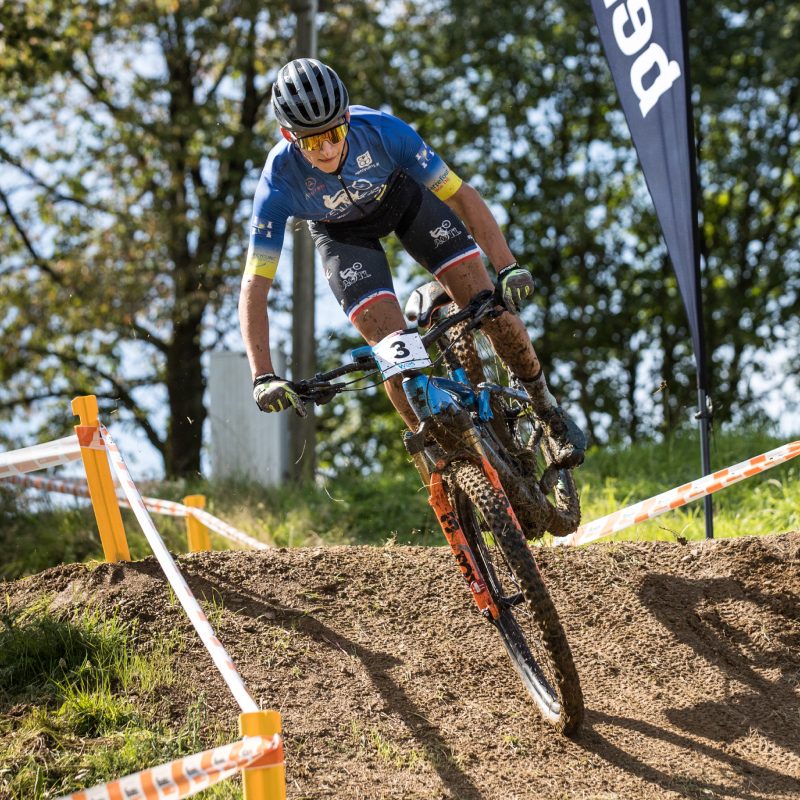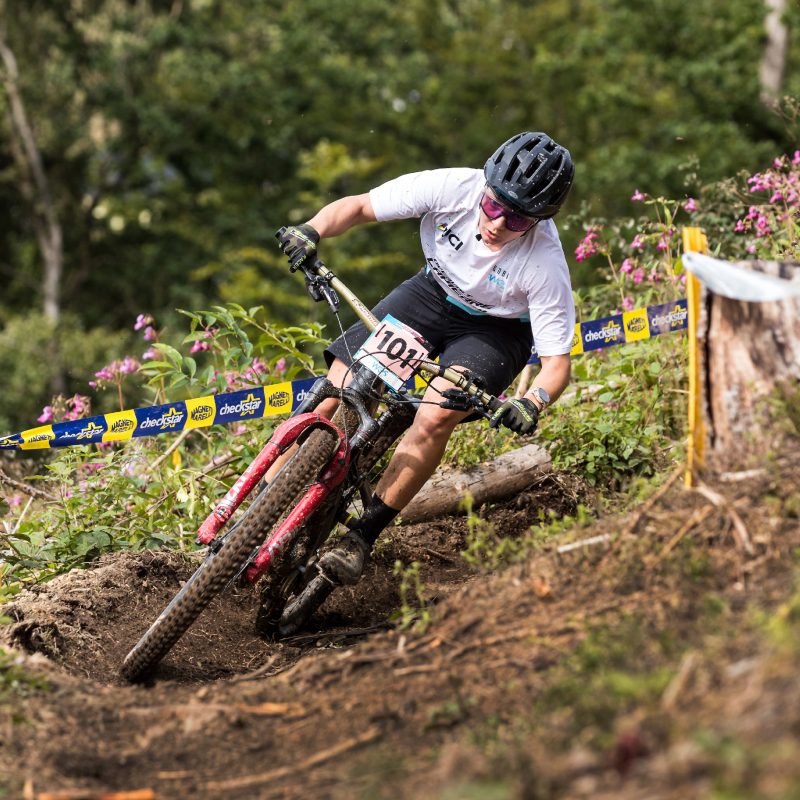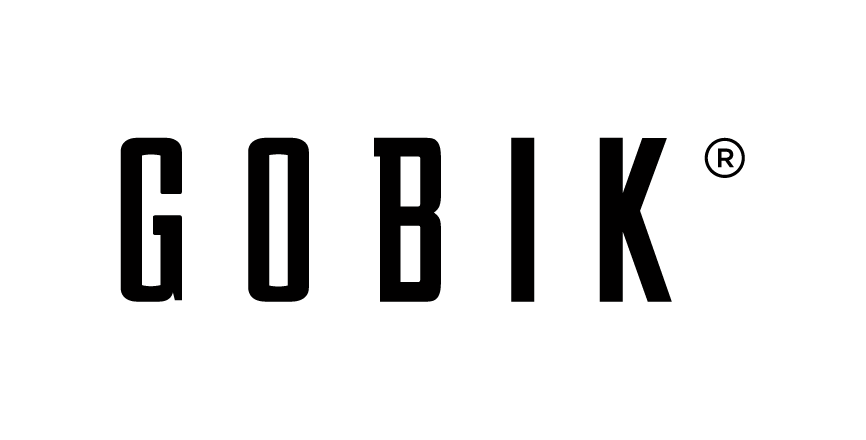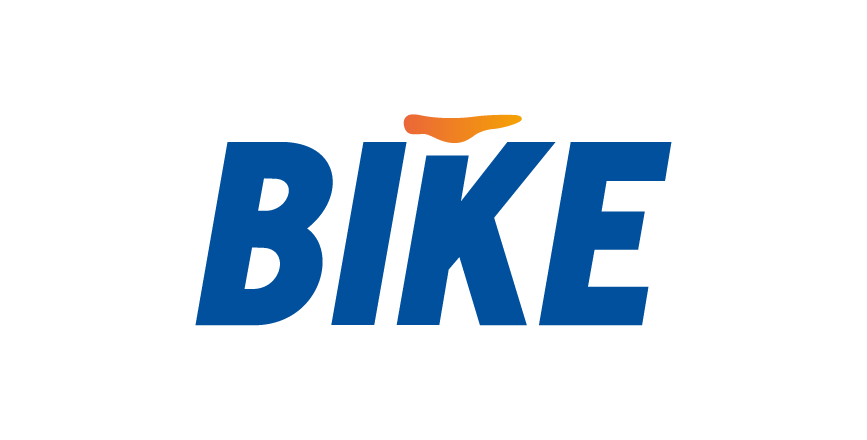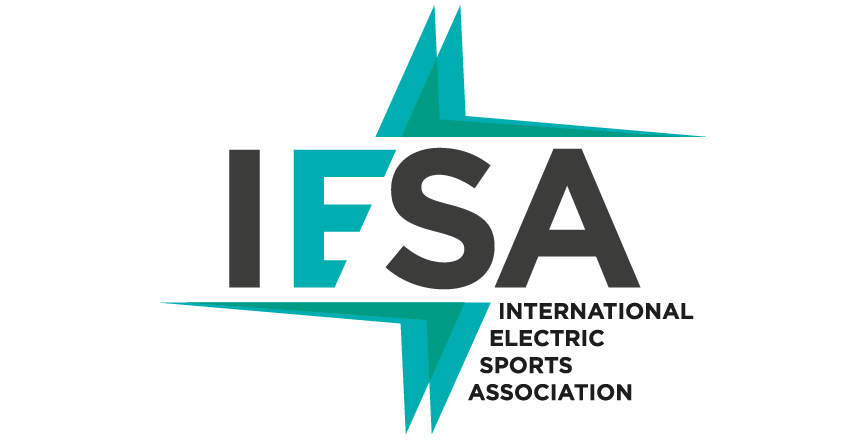WES World e-Bike Series is a sole proprietorship of WES Management SARL, registered with the n.: 19S08035 with its headquarters in 18, rue Notre Dame de Lorete 98000 Monaco
How WES UCI E-MTB XC World Cup e-Bikes’ engine works
E-Bikes have gained significant popularity in recent years as a sustainable and efficient mode of transportation. These two-wheelers combine traditional cycling with electric propulsion, offering WES UCI E-Mountain Bike Cross-Country World Cup riders an enhanced and enjoyable experience.
Manufacturers of E-Bikes prioritize lightweight and durable designs to ensure that the additional weight of the electric components does not compromise the overall performance. Materials such as aluminium and carbon fibre are commonly used to strike a balance between strength and weight, making E-Bikes both robust and agile, so in this article, we will delve into the mechanics of e-bike engines, and understand how they work.
Théo Charmes at Bielstein
Engine
An e-Mountain Bike is a bike operated with two energy sources, human pedal power and an electric engine, which only provides assistance when the rider is pedalling. Only approved e-bikes can be taken to the UCI E-Mountain Bike Cross-Country World Cup races start.
Justine Tonso at Bielstein
Engine with a maximum continuous rated power of 250 watts, engine assistance up to 25km/h, pedalling assistance only, where the motor cuts off when the cyclist stops pedalling and is otherwise progressively reduced and finally cut off before the vehicle speed reaches 25 km/h, although start-up assistance not exceeding 6km/h without pedalling is allowed. The acceptable tolerance for maximum vehicle speed and power limitation shall be ± 5% of the maximum design vehicle speed and net and continuously rated power classification criteria.
Other News
Partners
Partners
Supplier
Partners
Partners


